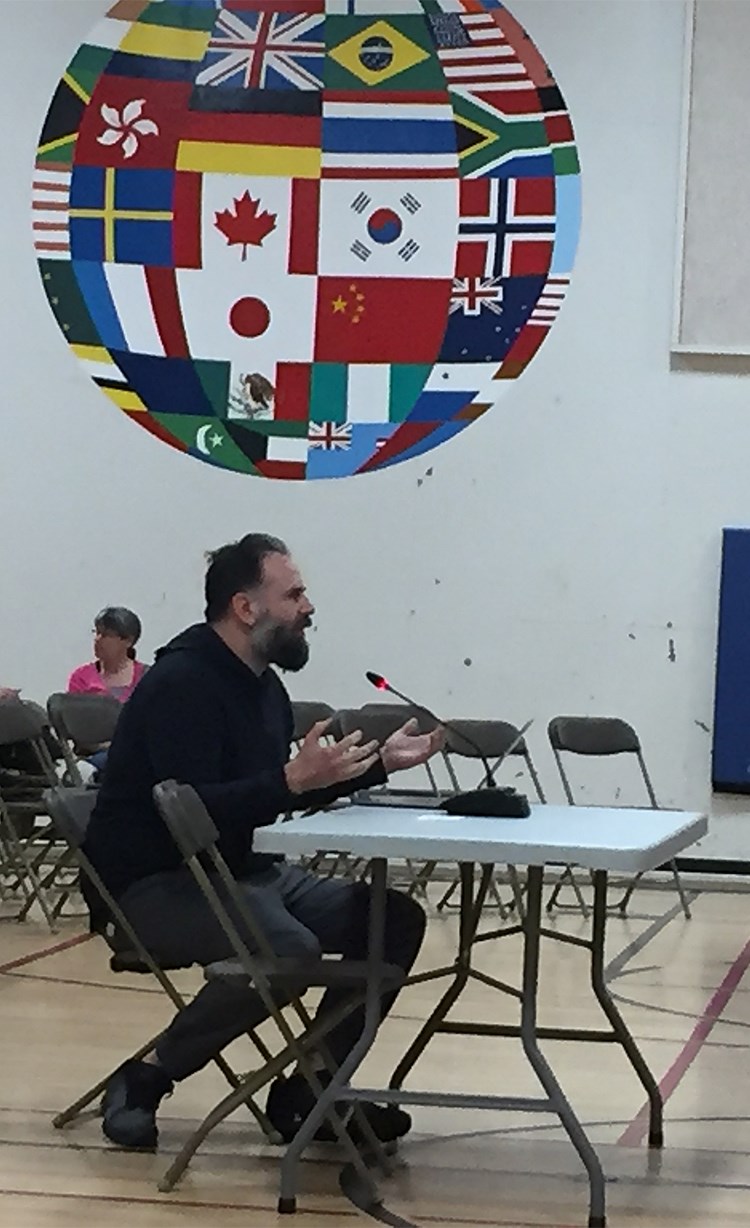School District 43 trustees are expected to approve a balanced budget that will put dozens more teachers and education assistants in schools thanks to a raft of good budget news — including reduced debt, surpluses fuelled by international education fees and a restored collective agreement that is pumping funding into the education system.
Even the annual spring rite of teacher layoffs will not occur because those educators will be needed in September and the district doesn’t want to risk losing them.
In fact, in this robust climate for education, competition for teachers and education assistants is so fierce, the district plans to boost the hours of a human resources staff member to help with recruitment and retention.
It's a major turn of fortunes as trustees face an election this fall when, as recently as spring 2014, 800 teachers had to be laid off and $13.4 million was being chopped from spending to balance the budget.
Tuesday’s preliminary budget presented at the first of three public meetings showed a much rosier view. And now it appears filling casual teaching and education assistant positions is the biggest worry.
“My greatest concern is [finding] causal EAs and TTOCs [substitute teachers]. Without enough supply, we could be leaving teachers shorthanded,” board chair Kerri Palmer Isaak told The Tri-City News.
But the spectre of cuts a few years ago hung in the room as Coquitlam Teachers' Association president Ken Christensen asked if annual layoffs could be eliminated indefinitely. He wasn’t given a guarantee but secretary treasurer Chris Nicolls pointed out in his presentation that current staffing is now well beyond the 2012/’13 levels.
“Our current staffing levels are the highest they’ve ever been,” Nicolls said, noting data that showed there are 227 more teachers, support and administrative staff working in the district than five years ago.
Some of the reasons the district is doing so well are homegrown. A $3.3-million surplus accumulated over the last two years has helped, and the district eliminated a $23 million employee future benefit liability when it closed the post-retirement group benefit plan for union support workers.

But some challenge lie ahead as the district navigates changing demographics and increased staffing costs.
While per-student funding is expected to increase from $7,301 to $7,423 to pay for legislated wage increases, the district expects 133 fewer students, which will lower funding, and more students are coming to the district with special needs needing supports.
An additional $1.65 million will also be needed to pay for the new Employer Health Tax, which replaces the Medical Services Plan
As well, one parent who spoke at the meeting had concerns about services for children with autism. Peter Raptis, a Coquitlam resident and board member with the Pacific Autism Family Network, asked trustees to consider special training for education assistants who work with children with autism. He said parents are moving to other communities, such as Surrey, where EAs have training in applied behaviour analysis.
“We’re naive to ignore the talent we have here,” Raptis said.
Trustees were told that among the goals of this year’s budget is to hire 20 full-time-equivalent education assistants to provide increased support for vulnerable students while an additional eight FTE teachers will help with implementing the new B.C. curriculum.
And that’s just with anticipated operating funding. The district also expects to get Classroom Enhancement funding to meet Supreme Court ruling requirements to hire 35 more teachers and four additional education assistants.
That funding has yet to be confirmed.



